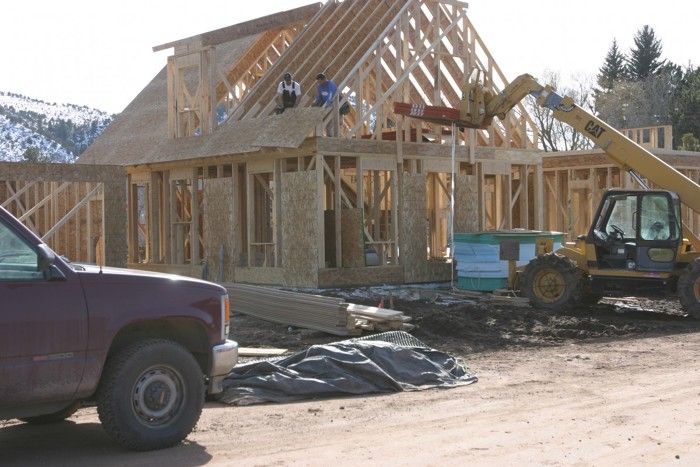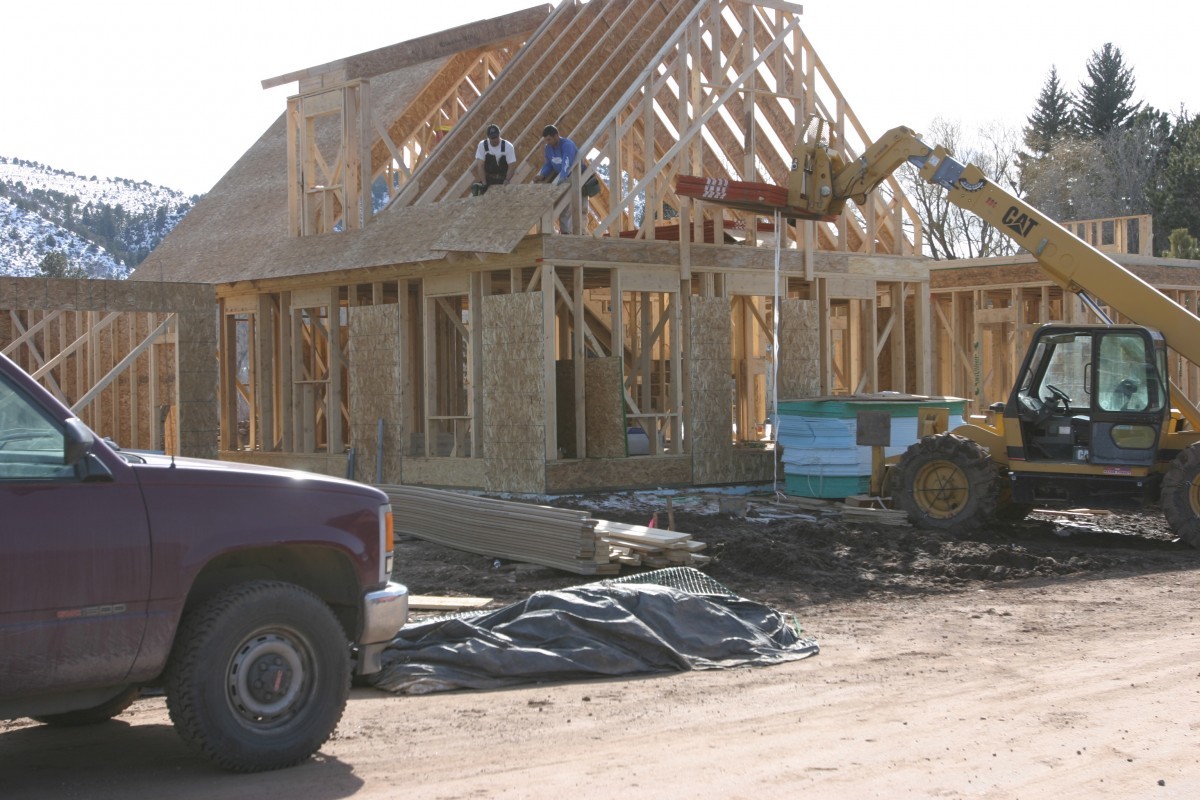
In 2005, before the building industry collapsed, there were so many people working in construction jobs in California that other industries couldn’t get enough help. By 2011, that had changed: Half of all construction jobs had vanished. Now, as construction activity picks back up, the question is whether construction workers displaced by the industry’s collapse will feel like coming back into the fold.
In a report on this changing landscape, Marketplace reporter David Weinberg visited Riverside, Calif., and spoke with one former carpenter who’s since become a real-estate agent, and another who stayed in the trades through the lean years by picking up nails on job sites and finding side jobs to stay busy.
Jory Blake, the builder turned Realtor, says he had a $140,000-a-year job for Lennar Homes before the crash. After he lost his “dream job,” he turned to real-estate sales and now says he wouldn’t go back.
Officials in the building industry hope other displaced construction workers will be more inclined to return. There’s been an increase in the demand for highly skilled workers as building activity has picked up. “There would have to be, given the fact that we’ve doubled the amount of homes that we built from last year at this time,” Mike Winn, CEO of the California Building Industry Association, told Weinberg.
The CBIA is working with community colleges, high schools, and unions to bring journeymen back into the workforce, Winn added.
Not all agree there’s a labor shortage
Construction labor shortages may be affecting some parts of the country more than others, however.
Dale L. Belman of the School of Human Resources and Labor Relations at Michigan State University, says construction employment is still below the levels of 2001-2006, while the growth of jobs is only a little stronger than the economy as a whole. “As a result,” he writes in a report published this summer, “there is a pool of more than one million experienced construction workers who are either not currently working or have found work in other industies.”
Belman says in the construction industry there are 10 people actively seeking employment for each job that’s advertised. “The employment, job openings, and unemployment data support the view that there is a large pool of experienced workers available to the construction industry when the industry has the jobs for those workers,” he writes.
Fine Homebuilding Recommended Products
Fine Homebuilding receives a commission for items purchased through links on this site, including Amazon Associates and other affiliate advertising programs.

Handy Heat Gun

8067 All-Weather Flashing Tape

Affordable IR Camera




























View Comments
Not to worry, the increase will not go far in a state with so much government added cost to build and the need for other jobs to buy the houses. Now with tax on lumber, tax on paint, afci breakers, child resistant outlets, fire sprinklers, fire resistant overkill requirements in rural areas,school fees so aliens can go to school for free,higher sales tax,traffic fees, the list goes on. This is all for special interest profits allowed by government at the expense of buyers. It is common for this add on cost to exceed $50,000. in this state. My first house was lee than that and it is still there and people are still living in it without any of these mentioned items. They are happy with it too.
Well I am a general contractor in Westchester County New York, a suburb of NYC and if anyone knows where these workers are send them my way. There is a serious lack of skilled workers in my experience. In fact the lack of skilled workers is limiting the growth of my company. I really do not see an end to this shortage in the near future. No one wants these jobs anymore unfortunately.